There are a number of “French” foods that don’t come from France. French fries, for example, actually hail from Belgium. But in the case of French toast, France will gladly take the credit, though they call it pain perdu (literally, “lost bread”).
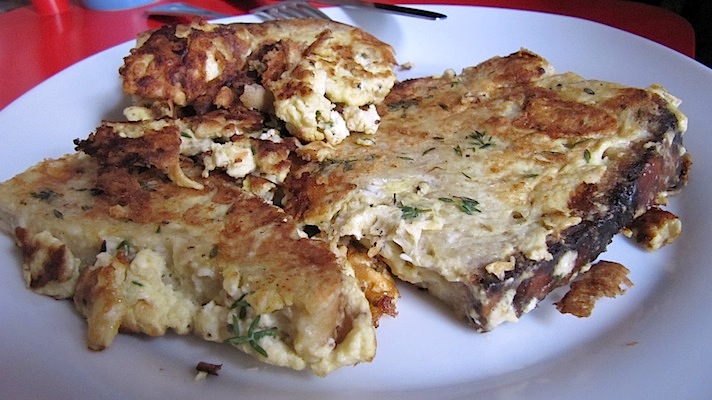 Growing up in America, a leftover bread never seemed to be an issue. To be honest, we mostly ate sliced whole-grain toast, or ciabatta rolls on special occasions. So it wasn’t until I moved to the land of the boulangerie and started hosting weekly Sunday dinners that I found myself with an abundance of stale bread.
Growing up in America, a leftover bread never seemed to be an issue. To be honest, we mostly ate sliced whole-grain toast, or ciabatta rolls on special occasions. So it wasn’t until I moved to the land of the boulangerie and started hosting weekly Sunday dinners that I found myself with an abundance of stale bread.
Now I like American “French” toast – butter, sugar, cinnamon, syrup – but I’m more of a savory than a sweet person. So when my French foodie friends told me they serve up their pain perdu with cheese, herbs, tomatoes and other dinner-time leftovers, I started experimenting with different ingredients and cooking styles.
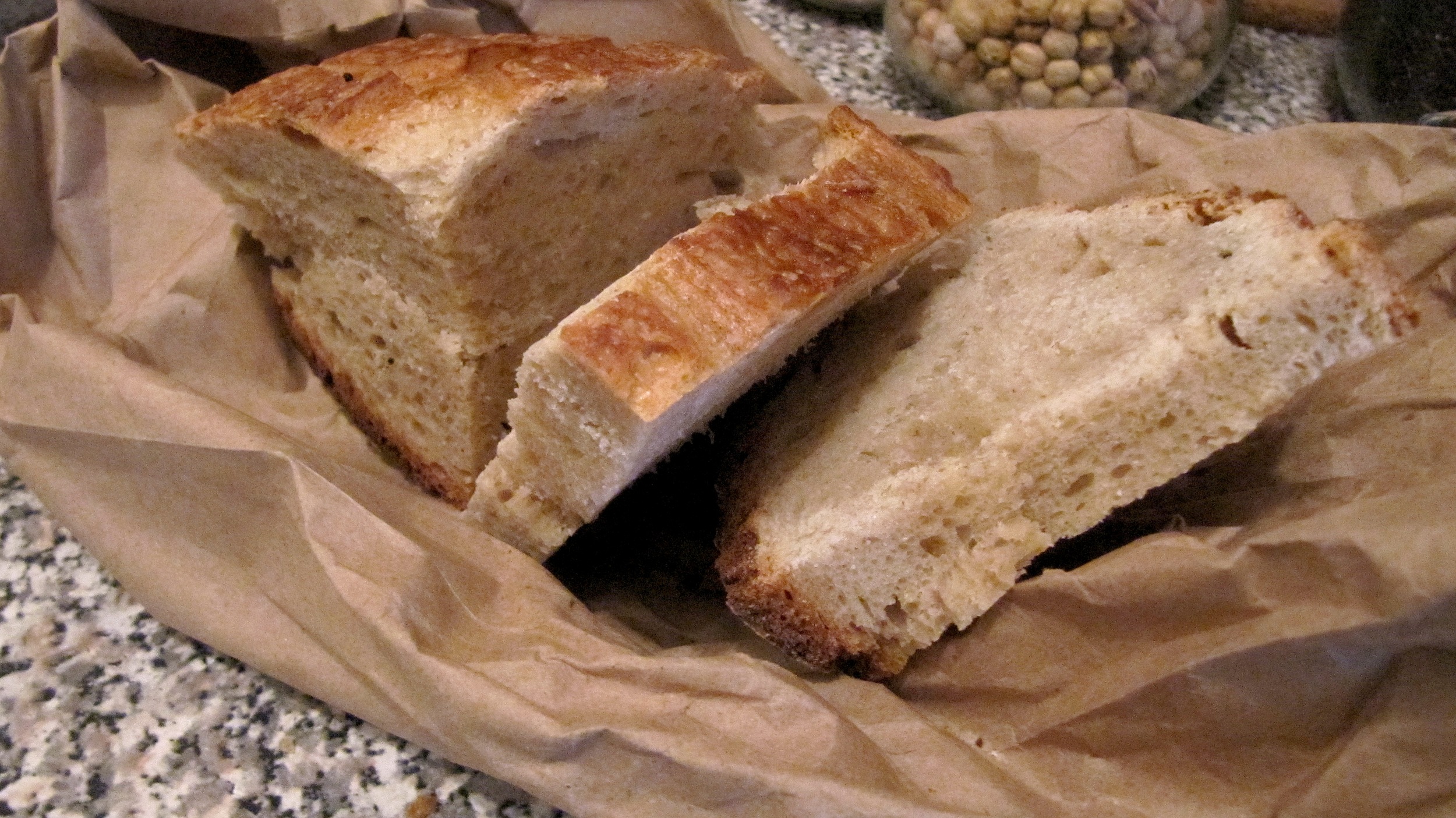
Though I’ve been known to throw bread in a casserole and bake it slow with all sorts of different toppings, the easiest (and perhaps most delicious) pain perdu recipe I’ve developed involves crusty, hearty (ideally sourdough) bread, leftover herbs and tangy cheese (like chevre or feta).
I recently revisited this classic when I found myself with some leftover sourdough boule from the Silver Moon Bakery in NYC.
Ingredients:
-stale bread, ideally sourdough or a hearty (with more inside than crust)
-2 eggs (for 1-2 people, add more depending on the number of diners)
-a splash of milk
-herbs (I prefer sage or thyme)
-1/4 cup tangy, soft cheese per person (sheep or goat’s cheese is best)
-salt/pepper
-butter
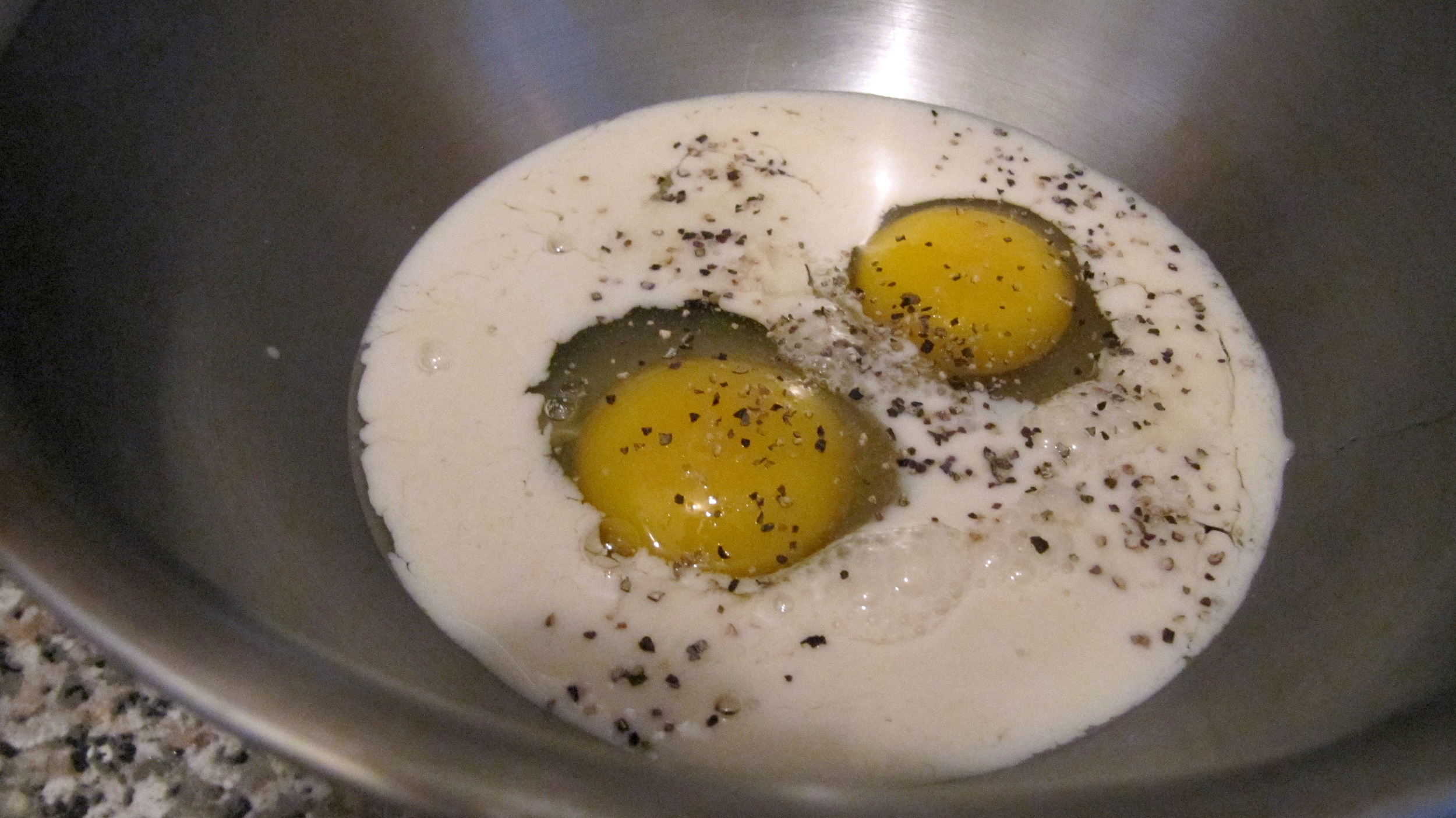 Instructions:
Instructions:
1. Cut stale bread into ½ - 1 inch slices.
2. Crack eggs into a bowl, add a splash of milk, cheese, salt & pepper to taste.
3. Heat butter in a skillet until it turns nutty-brown.
4. While butter is heating, beat egg/cheese mixture until relatively smooth.
5. Dip bread slices into egg wash, let soak for a few seconds on each side.
6. Once pan is hot and butter nutty-brown, start adding egg-washed slices of bread to the pan. (If you have extra egg-wash, you can just pour it into the pan with the bread. As you move the bread around/flip it, it will absorb more of the egg).
7. Rip or sprinkle herbs over the bread.
8. Flip toast and press down with spatula, ensuring that it browns on both sides. (If your bread is sliced thick, you can cover your pan, to ensure the egg cooks through properly).
9. Once the bread is golden-brown on each side, serve to your eager guests (or yourself!).
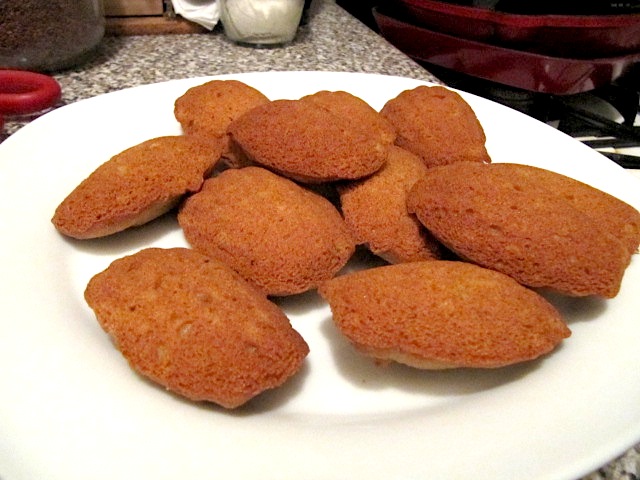 Studying food culture in France, it was impossible to avoid Proust. In fact, I had already encountered his famous "madeleine de Combray" (link to story in english, french) in high school - and recall struggling with his run-on, pensive sentences.
But as I grew older, and more interested in the history of culinary criticism, I began to appreciate Proust's summary of the essential relationship between food and memory:
Studying food culture in France, it was impossible to avoid Proust. In fact, I had already encountered his famous "madeleine de Combray" (link to story in english, french) in high school - and recall struggling with his run-on, pensive sentences.
But as I grew older, and more interested in the history of culinary criticism, I began to appreciate Proust's summary of the essential relationship between food and memory: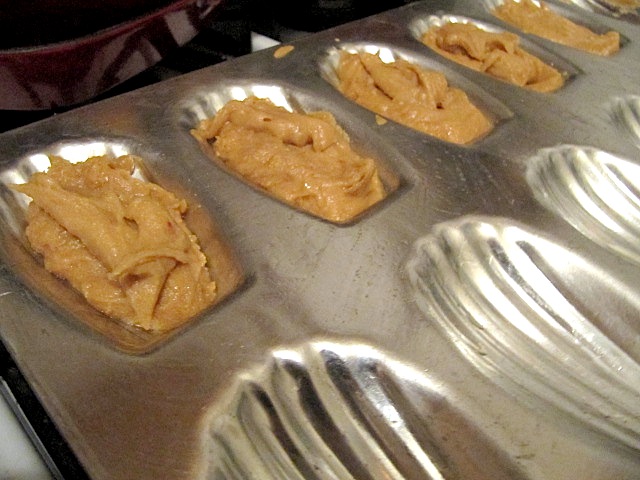 I've since made quite a few batches of madeleines, and have yet to find a recipe I swear by. So this time, I adapted a recipe myself - inspired by a Parisian amie who is boldly going gluten-free in the bread-centric capital.
I've since made quite a few batches of madeleines, and have yet to find a recipe I swear by. So this time, I adapted a recipe myself - inspired by a Parisian amie who is boldly going gluten-free in the bread-centric capital.





